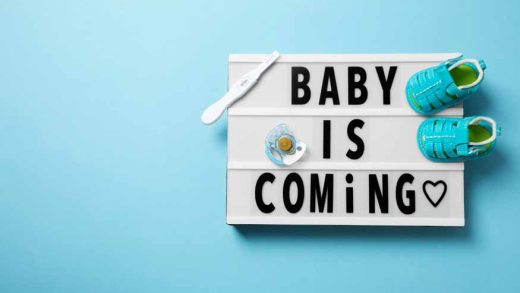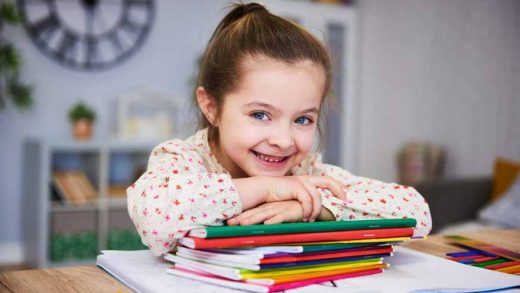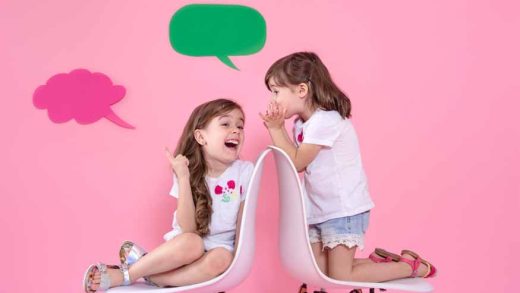Engage the kids in an exciting world where fun and clap-your-hands activities are delightful. They are the blooming buds, and they need to be properly nurtured. These joyful activities provide rhythmic fun and foster teamwork, creativity and laughter. With these hand-clapping exercises, you can show them the steps to a positive, optimistic existence.
Explore the Benefits of Clapping Hands for the Children
- Motor skills development: Hand-clapping games help kids improve their motor skills and balance, which makes them more skilled and efficient.
- Social interaction: Social interaction helps children have a platform for social engagement, such as teamwork, patience, and cooperation. It also helps them understand how to live a better life in society.
- Stimulates the brain: Brain stimulation is vital, and beats related to different claps enhance the children’s brain stimulation and reflexive power and improve other cognitive functions like memory and concentration.
- Emotional well-being: Hand-clapping activities boost their creative self-expression and are also suitable for mental health. They unknowingly find a fulfilling way to fight stress in the future.
- Social interaction and friendship: Children start bonding with each other and share their stories through hand-clapping games. It helps them work as a team, and they grow up as a group.
- Physical exercise: Hand clapping is pivotal in overall physical development and promoting a healthy, stress-free lifestyle.
- Confidence building: The clapping game boosts self-confidence in the children and enables them to develop their own identity and sense of self-achievement.
Kangaroo Kids International Preschool plays a crucial role in developing your children’s inner selves. They make the children understand the benefits of clapping hands with different games.
What are the different types of hand-clapping games?
Children are delighted with the clapping your hands activity, which empowers them to grow mentally and physically. Hand clapping helps children to remain engaged in a rhythmic way, which involves a specific hand movement and clapping patterns. A few hand games to play are as follows.
- Miss Mary Mack: This classical hand-clapping game features a memorable rhyme. While reciting rhythmic lyrics, children elaborate hand movements like clapping and thigh slapping.
- Pat a cake: This is a traditional game that children have played. This is a classic game where the children play while singing the Pat-A-Cake song. This game helps them to coordinate with others.
- A Sailor Went to Sea, sea, sea: With the song’s rhythm, the kids perform a series of hand movements while sitting in a circle. As soon as a new round starts, it becomes more complex and introduces a new type of game.
- Down Down Baby: This hand-clapping comes with a catchy sing-along tune, originally an African-American folklore. This game involves clapping, chanting and complex hand movements.
- Slide: A modern hand-clapping game where players move their hands in a sliding motion while singing a silly song. The regular hand movements make it fun and exciting.
- Seven: Children clap and slap their thighs while counting to seven to play this counting game. The hard part is keeping up the beat and accuracy as the count continues.
- Double Double This This: This game helps clear the children’s speech. As the children play in each rapid movement, they recite tongue-twisting phrases and hand-clapping.
- Quack Diddly Oso: A lively and fun hand-clapping game with a call-and-response system. Participants in the game copy each other’s hand moves and add exciting changes to keep it interesting.
What are the different types of claps?
Different types of claps and games play a dominant role in the development of both the mental and physical health of the children. Here are a few types of hand claps for your reference:
- Regular claps: The simplest way to clap is by bringing two hands together to produce that familiar sound. This basic action is used in various activities.
- Synchronised claps: Clapping hands with other children can help them emerge from their shells. Unity signifies cooperation, creating a sense of support among each other.
- Patterned claps: Initially, this aids in the comprehensive development of children and is crucial for building a child’s memory. Clapping enhances the brain’s performance.
- Partner claps: Pairs of children must coordinate a specific way of clapping together. During playtime, this allows them to interact and collaborate as a team.
- Musical claps: These claps enrich the deep sense of rhythm and timing in music. They assist children in grasping the concept of music, relating to different musical notes and fostering musical intelligence.
- Storytelling claps: This method is a creative and engaging activity that blends education with fun. Clapping significantly enhances children’s interest in stories, making them more intriguing and enjoyable.
- Emotional claps: Clapping serves as a form of expression; exuberant claps indicate joy, while a slow, deliberate clap can show anticipation or approval of an expected outcome.
Engaging children in hand-clapping games is not just about fun; it’s a holistic approach to nurturing their developmental milestones. Through the rhythmic joy of clapping, children develop motor skills, enhance social interactions, stimulate their brains, and build emotional well-being and confidence.
At Kangaroo Kids International Preschool, we recognize the profound impact these activities have on a child’s growth. We invite you to explore our programs, where we incorporate these delightful and educational hand-clapping games into our curriculum. Join us at Kangaroo Kids and witness your child’s transformation through the power of play. Together, let’s clap our way to a brighter future for our children.








